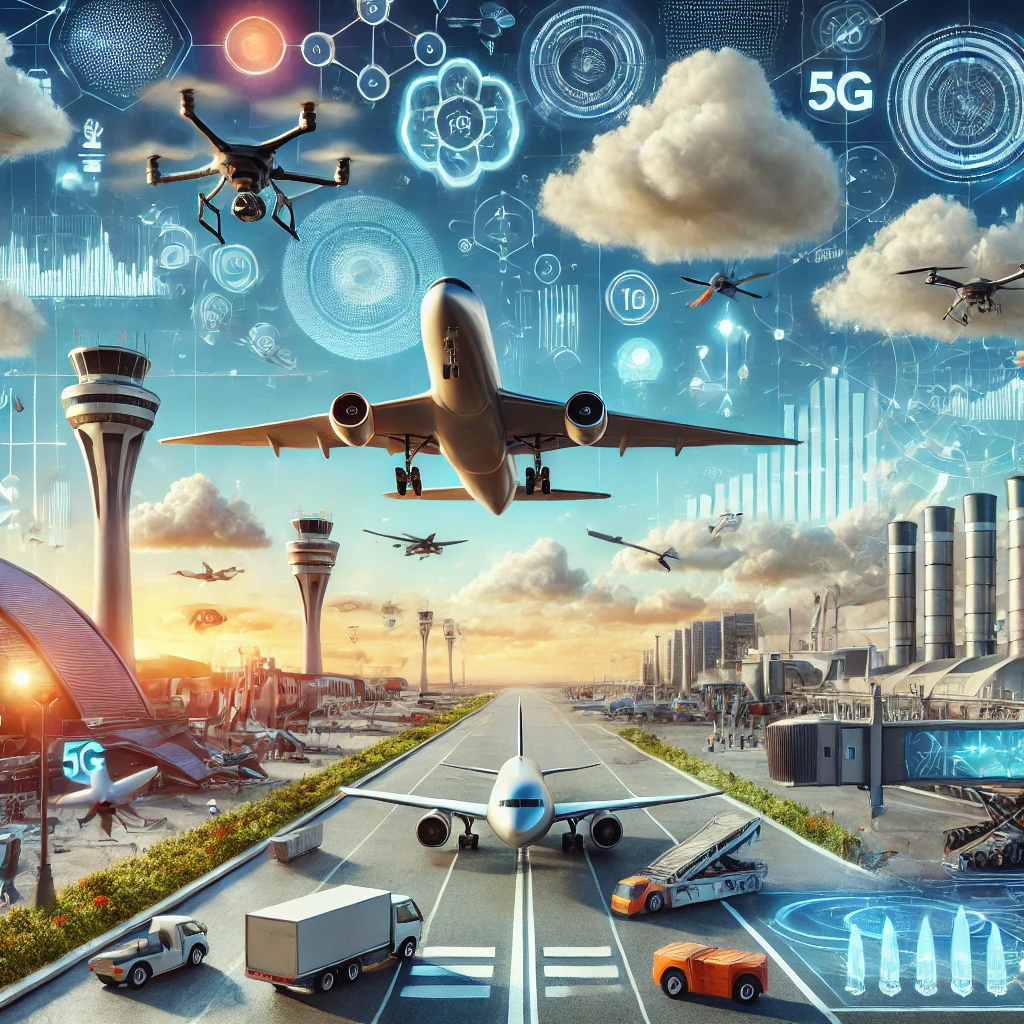The aviation industry has always been a critical driver of global connectivity, commerce, and tourism. However, in the next decade, this sector is poised to undergo transformative changes. Technological advancements, environmental pressures, and shifting consumer demands are all converging to reshape the future of air travel. Here’s a look at the key trends and innovations that are expected to define the aviation industry over the next 10 years.
Sustainable Aviation: The Push for Green Flying
One of the most pressing challenges for the aviation industry is addressing its environmental impact. Currently, aviation accounts for around 2-3% of global CO2 emissions, and there is increasing pressure from governments, environmental organizations, and consumers to reduce this footprint.
In the next decade, we can expect significant strides in the development of sustainable aviation fuels (SAFs), which can reduce carbon emissions by up to 80%. Major airlines and fuel companies are already investing heavily in SAF production, and some countries may mandate their use. Additionally, hydrogen-powered planes are also being researched, with companies like Airbus targeting the 2030s for commercial viability. The industry is also exploring the electrification of regional and short-haul flights through electric aircraft, which would drastically reduce emissions for shorter routes.
Electric and Autonomous Aircraft
While fully electric planes for long-haul flights are still years away, the next decade will see the proliferation of electric and hybrid-electric aircraft for short regional routes. These aircraft, powered by electric propulsion systems, will offer quieter and more environmentally friendly alternatives to traditional planes.
Autonomy is another area of innovation. Pilotless aircraft or planes with reduced crew requirements could be introduced in the next 10 years. Though complete autonomy in commercial aviation may take time due to regulatory and safety concerns, drone technology and autonomous flight systems are already being developed and tested.
Urban Air Mobility and Air Taxis
The concept of urban air mobility (UAM) is gaining traction as companies like Uber Elevate and Volocopter work on developing air taxis and electric vertical takeoff and landing (eVTOL) aircraft. These innovations could revolutionize urban transportation by reducing congestion and providing a faster alternative for city travel.
By 2034, we may see the introduction of air taxi services in major metropolitan areas. These small, electric-powered aircraft could offer short flights within cities, making commuting faster and more efficient. The infrastructure required for UAM, including vertiports and charging stations, is likely to grow alongside these new vehicles.
Supersonic and Hypersonic Travel
The retirement of the Concorde in 2003 marked the end of supersonic passenger flights, but new technologies are reviving the dream of faster-than-sound travel. Companies like Boom Supersonic and Aerion Supersonic are working on next-generation aircraft that can fly at speeds greater than Mach 1, dramatically reducing travel times between continents.
In the next 10 years, supersonic flights might become a reality again, with airlines offering faster options for business and premium travelers. Moreover, hypersonic aircraft could be developed to fly at Mach 5 or higher, making it possible to fly from New York to Tokyo in just a few hours.
The Digital Transformation of Air Travel
The aviation industry will continue to embrace digitalization to enhance operational efficiency and the passenger experience. Airports and airlines are investing in technologies like artificial intelligence (AI), biometrics, and blockchain to streamline processes and provide a seamless journey from check-in to boarding.
The use of AI in predictive maintenance will improve aircraft reliability, reducing delays and cancellations. Additionally, biometric verification will become more widespread, allowing passengers to go through security and immigration checkpoints with just a facial scan. Digital platforms will also offer more personalized experiences, from booking flights to in-flight services, creating a more tailored experience for travelers.
Shifting Consumer Expectations
Post-pandemic, travelers are placing a higher value on health, safety, and flexibility. The future of aviation will need to cater to these changing consumer demands. Airlines will need to implement more flexible booking policies, enhanced in-flight cleanliness standards, and more contactless solutions.
Moreover, with the rise of remote work, business travel may never fully return to pre-pandemic levels. Instead, leisure travel and the growing trend of bleisure (business + leisure) travel could become dominant. Airlines will need to adapt by offering more affordable and attractive options for leisure travelers while also creating premium experiences for those who still require business travel.
Regulations and Security Changes
As new technologies like autonomous flight and urban air mobility emerge, governments and regulatory bodies will have to update their frameworks to ensure safety and efficiency. Cybersecurity will also become a greater focus, as the reliance on digital systems increases the risks of hacking and data breaches. The introduction of new air traffic management systems and integration of urban air mobility will be crucial to maintaining safe skies.
Conclusion
The aviation industry is entering a new era of transformation. Over the next 10 years, advancements in sustainable fuels, electric propulsion, autonomous systems, and digital technologies will revolutionize the way we fly. While the industry faces challenges related to climate change, regulatory hurdles, and shifting consumer expectations, the opportunities for innovation and growth are immense. As airlines, manufacturers, and regulators work together to address these challenges, the future of aviation looks more exciting than ever.
